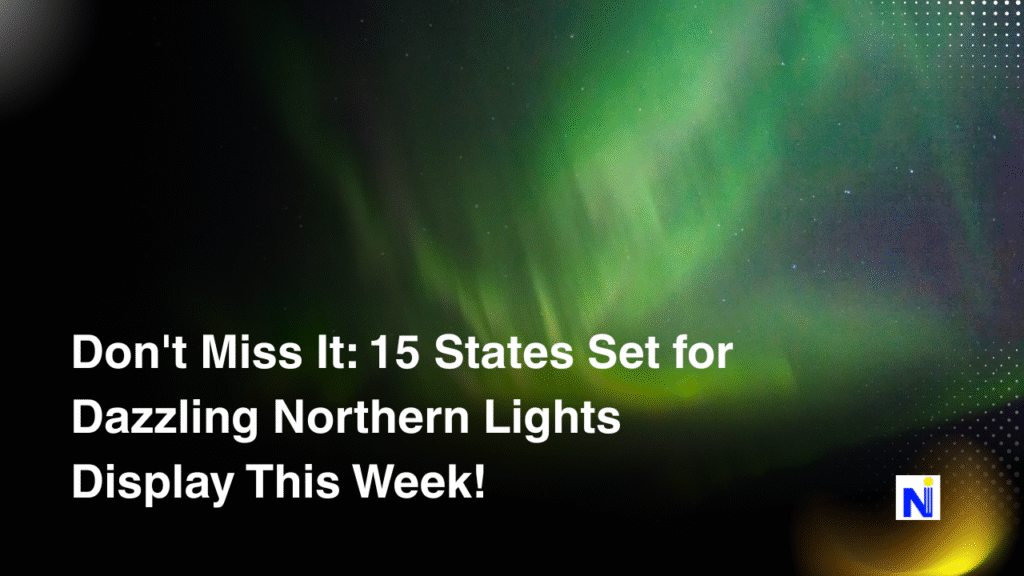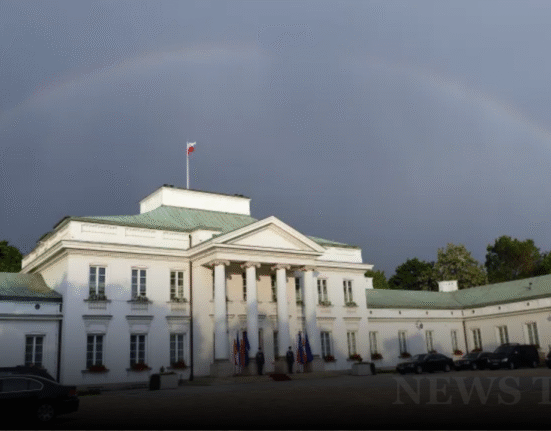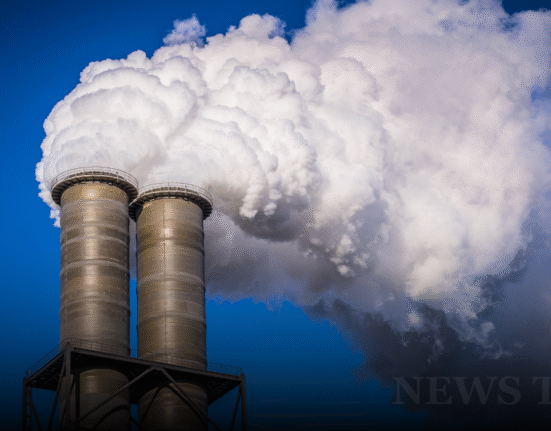
A Celestial Treat: Northern Lights Forecast Delivers a Magical Week Ahead
Nature’s own light show is set to return, and for many across the United States, it’s a spectacle not to miss. According to the latest northern lights forecast by NOAA’s Space Weather Prediction Center, a series of geomagnetic storms will make the aurora borealis visible across 15 northern U.S. states this week. If you’ve ever wanted to witness vibrant waves of green, purple, and red dancing across the night sky, this could be your moment.
What Are the Northern Lights and Why Do They Happen?
The aurora borealis, commonly called the northern lights, is a naturally occurring light phenomenon caused by interactions between charged solar particles and gases in Earth’s atmosphere. These particles are funneled toward the poles by the planet’s magnetic field and, upon contact, ignite dazzling displays of color in the night sky.
“Auroras are one of nature’s most vivid reminders that the universe is alive with energy,” says Dr. Elaine Monroe, a space weather expert at the University of Michigan.
Quick Facts:
- Caused by solar wind disturbances
- Most visible during geomagnetic storms
- Appear near the magnetic poles
- Can display colors like green, pink, red, violet
What’s Causing the Activity This Week?
The National Oceanic and Atmospheric Administration (NOAA) has reported an increase in solar activity, resulting in moderate geomagnetic storms. Their predictions, based on the Kp index — a global measure of magnetic disturbances — suggest a peak of Kp 5, which is strong enough to make the aurora visible in many northern U.S. locations.
Understanding the Kp Index
| Kp Value | Geomagnetic Activity | Visibility Range |
|---|---|---|
| 1–3 | Quiet | Only near the poles |
| 4 | Active | Northern Canada, Alaska |
| 5 | Minor storm | Northern U.S. states |
| 6–7 | Moderate storm | Central U.S. |
| 8–9 | Severe storm | Possibly southern states |
Where to See the Northern Lights This Week
If skies are clear, viewers in the following states could be in for a real treat:
- Alaska
- Washington
- Northern Idaho
- Montana
- Wyoming
- North Dakota
- South Dakota
- Minnesota
- Wisconsin
- Michigan
- Iowa
- New York
- Vermont
- New Hampshire
- Maine
Top Viewing Tips:
- Head north: The further north you are, the better your chances.
- Avoid city lights: Find a dark, open space away from light pollution.
- Check the weather: Cloudy skies can block your view.
- Use apps: Tools like My Aurora Forecast or Aurora Alerts can help track activity in real time.
When Is the Best Time to Watch?
While the aurora can occur anytime it’s dark, the best window is typically between 10 PM and 2 AM local time. NOAA’s 3-day aurora forecast provides the most up-to-date predictions, so check back often.
“The northern lights don’t keep a schedule, but when they show up, it’s worth the wait,” says amateur skywatcher Olivia Banks from Minnesota.
What to Expect: Colors, Movement, and Duration
Each auroral display is unique. Depending on intensity and atmospheric conditions, you might see:
- Slow, rippling green waves
- Pulses of violet or red
- Flickering curtains that shimmer like a celestial dance
Displays can last from a few minutes to several hours, often appearing suddenly and disappearing just as fast.
Can You Photograph the Northern Lights?
Absolutely! Even smartphones can capture the aurora with the right settings:
- Use night mode or a manual camera app
- Stabilize your phone or camera with a tripod
- Long exposure (5–15 seconds) works best
Don’t forget to bring extra batteries—cold weather drains them fast!
How Rare Are Northern Lights in the U.S.?
While common in Alaska and parts of Canada, seeing the aurora in the lower 48 states is rare. Significant geomagnetic storms are required to push auroras this far south. During a major 1958 event, auroras were seen as far south as Mexico City!
“We’re not quite expecting that level of activity this week,” NOAA clarified, “but for northern U.S. states, visibility is likely with a Kp index of 5.”
Safety and Myths: Separating Fact from Fiction
- Myth: Auroras are dangerous.
Fact: They’re beautiful but totally harmless to humans. - Myth: They make noise.
Fact: While very rare, faint sounds have been reported during major events, but it’s mostly folklore. - Myth: You can only see them from mountaintops.
Fact: Flat plains and open skies work just as well.
A Show Worth Staying Up For
If you’re in the northern part of the U.S., this might be your chance to witness one of nature’s most majestic displays. With a little planning, a warm blanket, and maybe a thermos of hot cocoa, you could have front-row seats to a cosmic masterpiece.
Have you ever seen the northern lights? Drop your story in the comments below!






